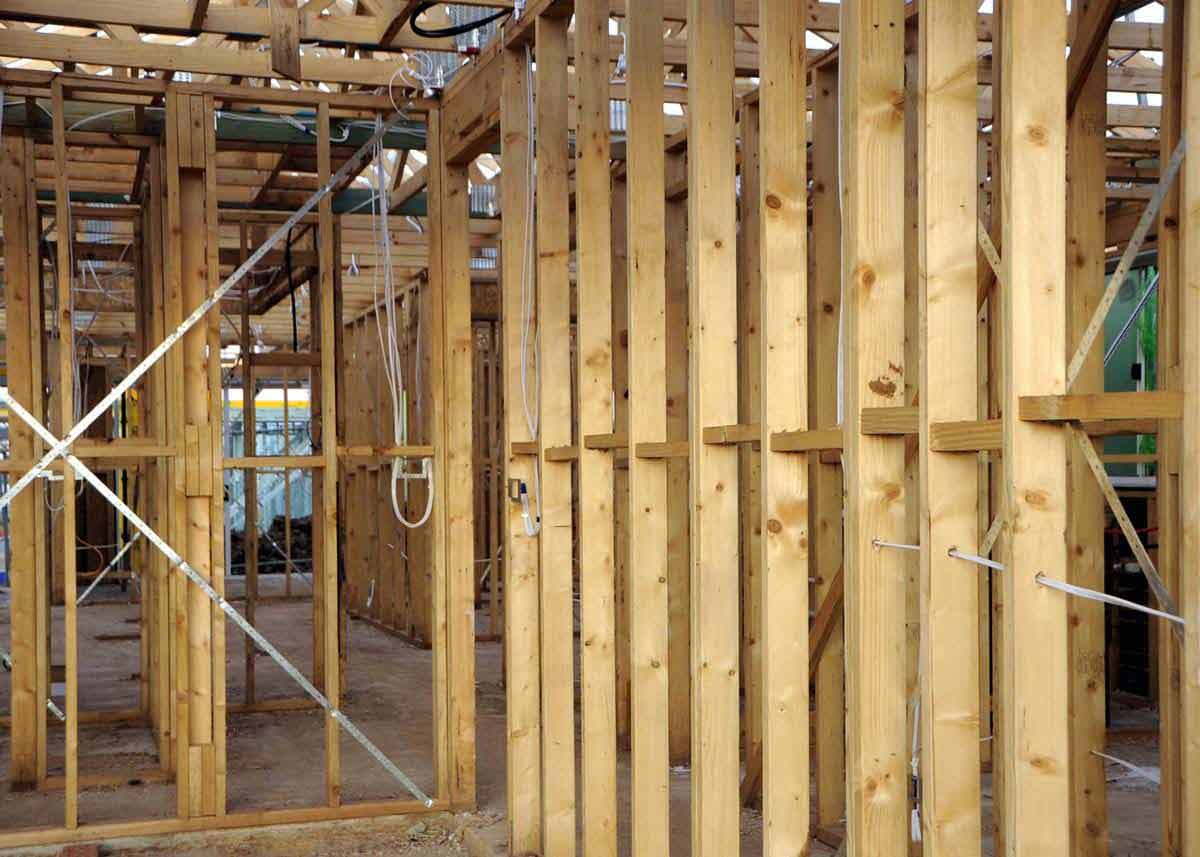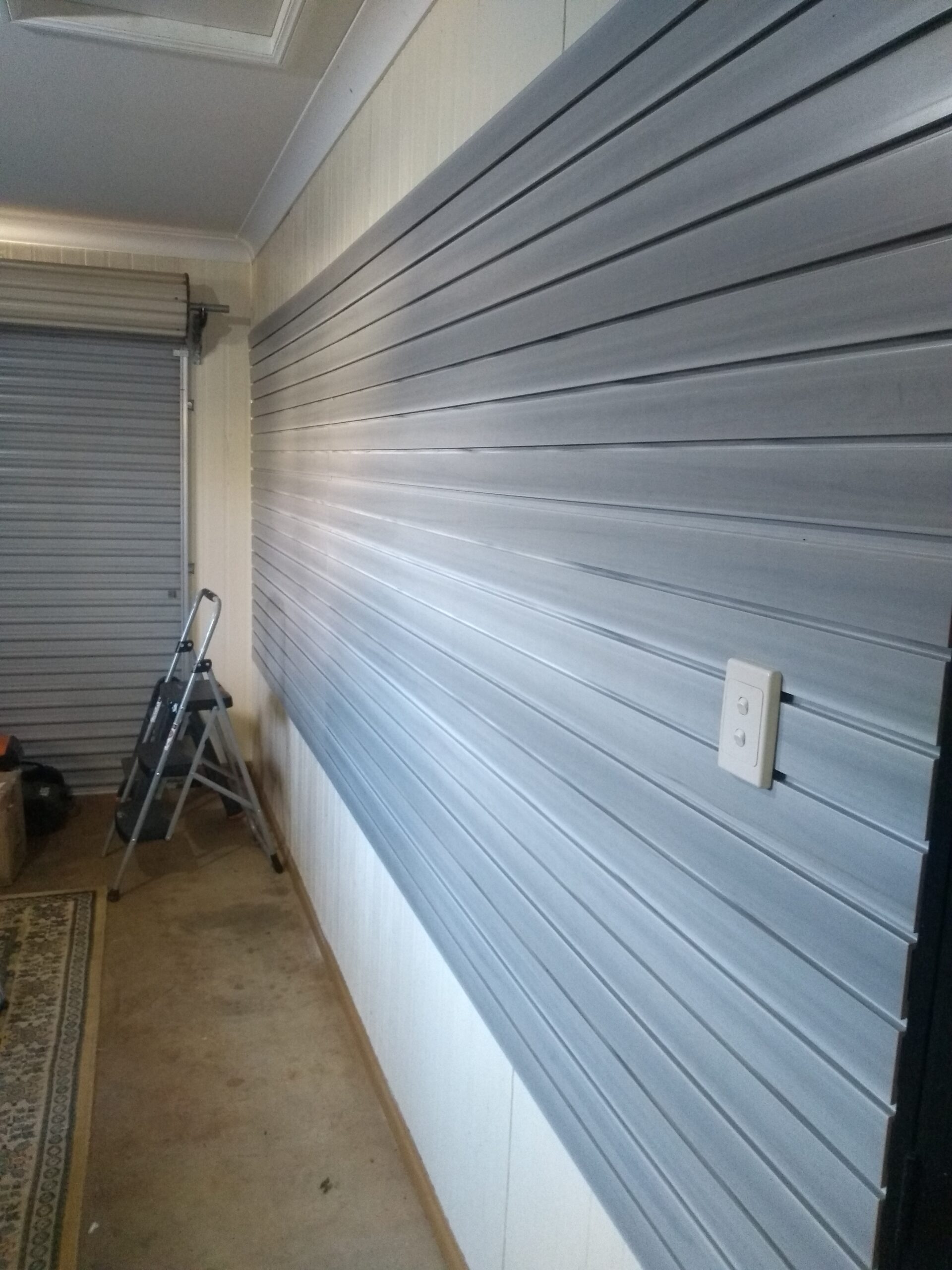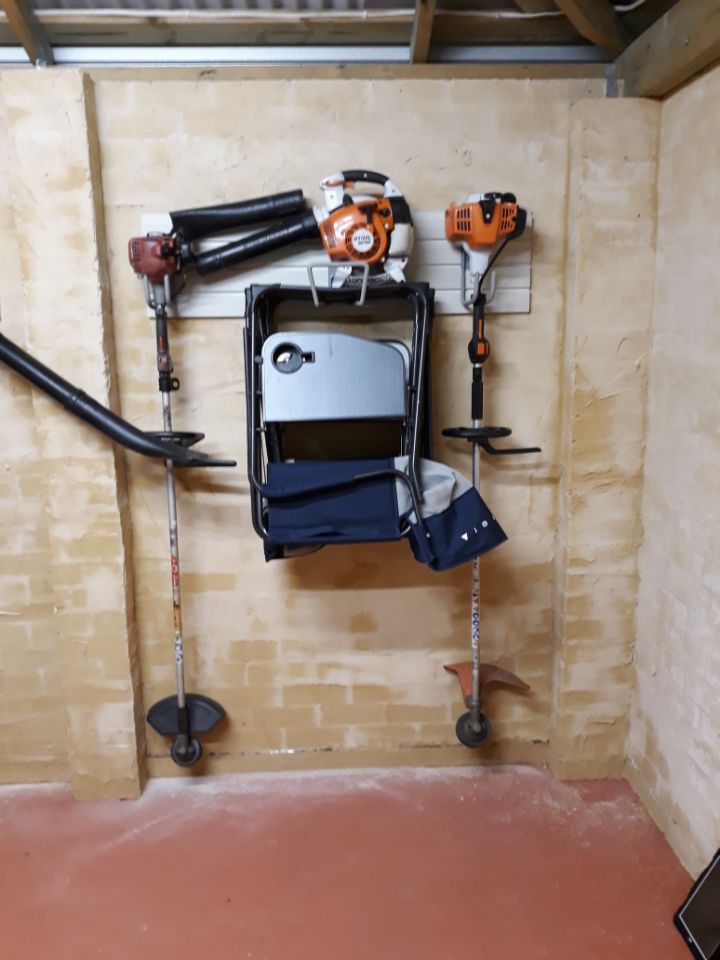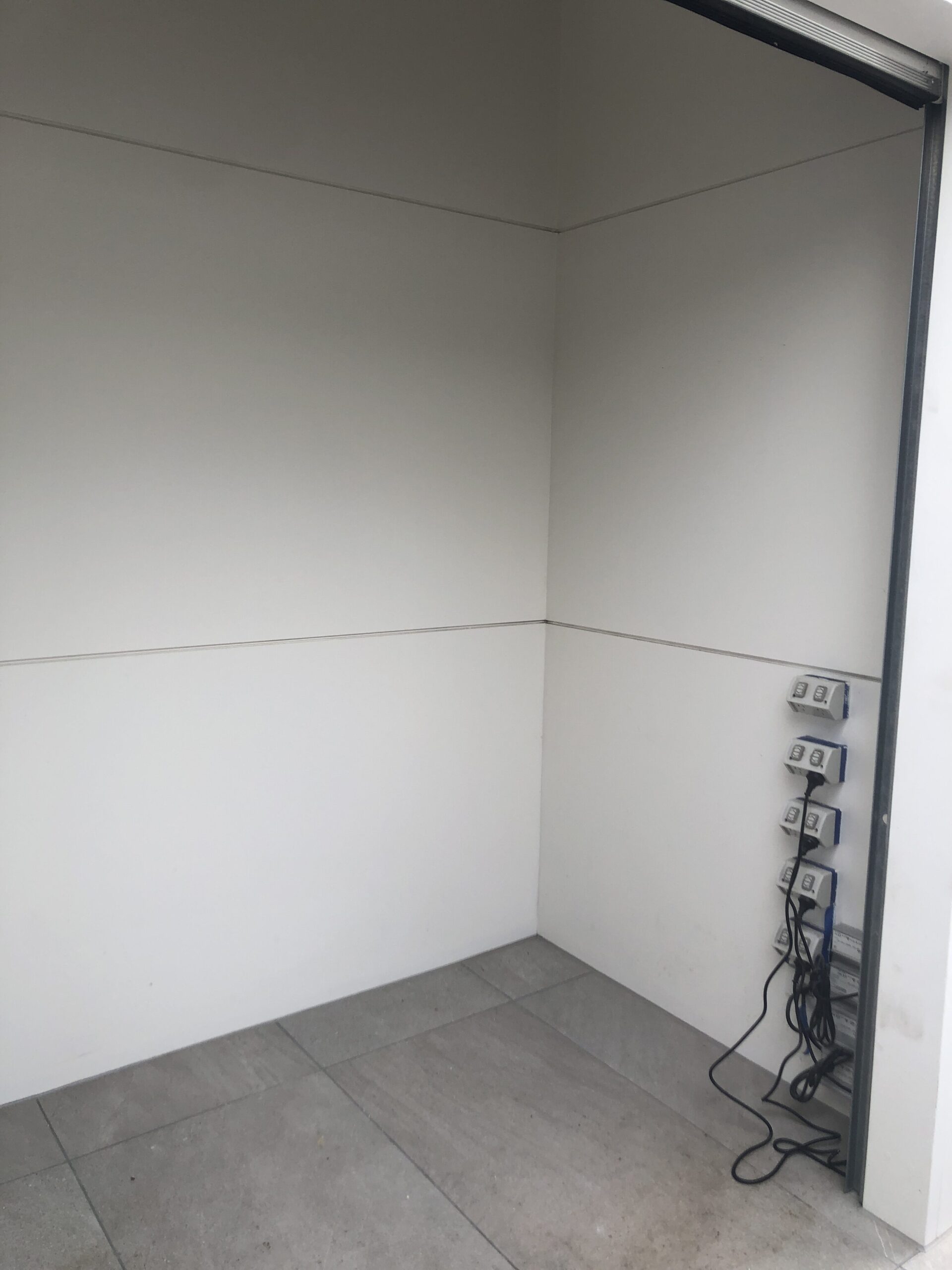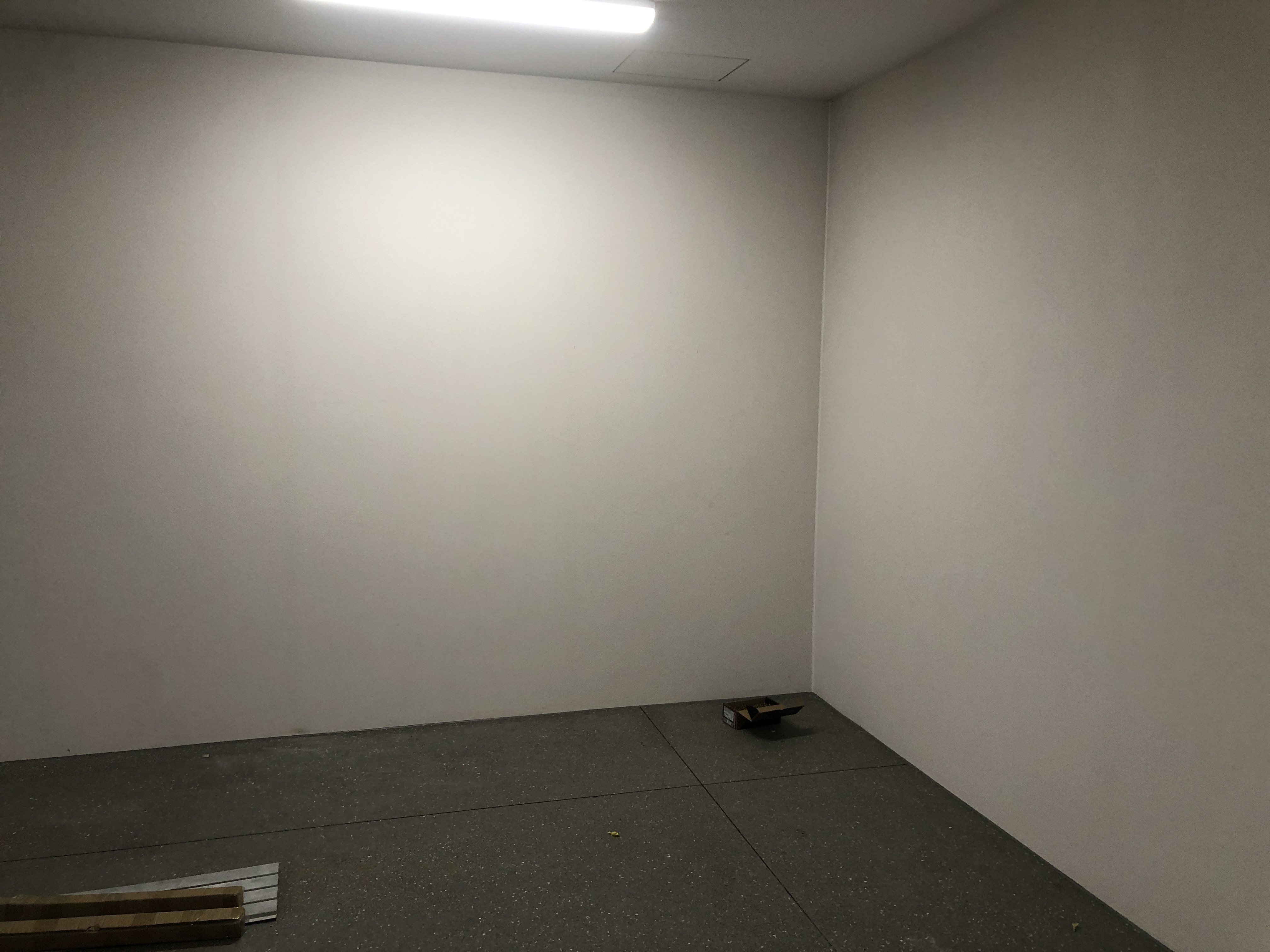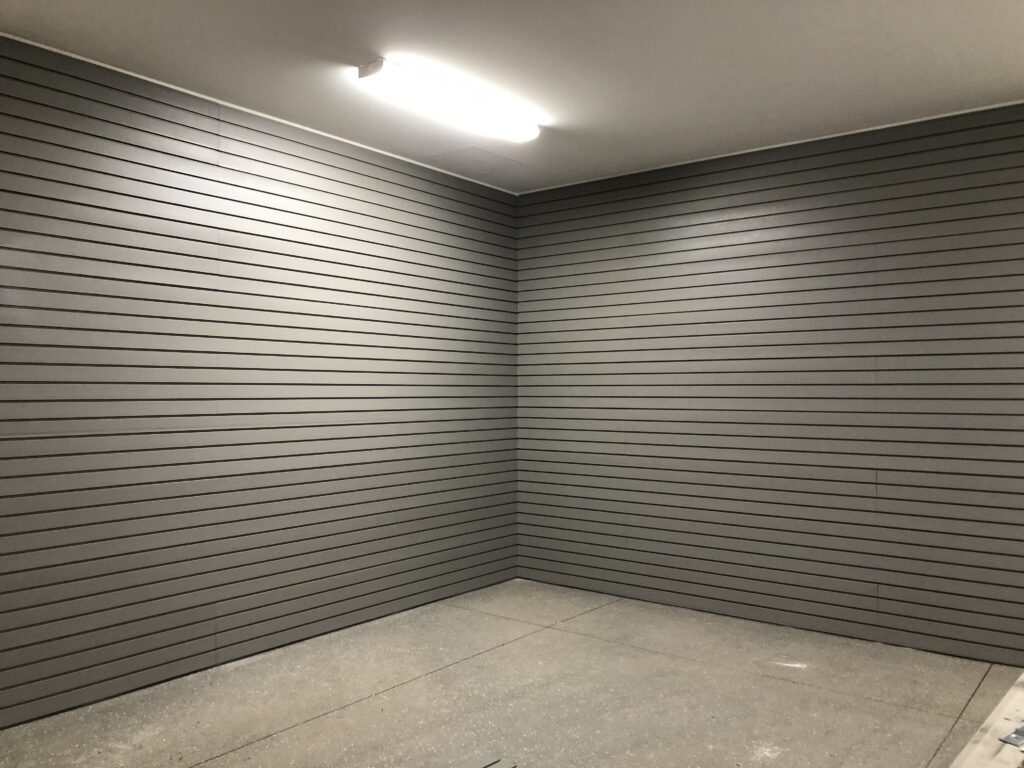
In the realm of garage organization, three major brands stand out: Gladiator, StoreWALL, and StorEase. Each offers unique features and benefits, catering to various needs and preferences. In this article, we compare garage storage solutions focusing on these 3 brands and basing our evaluation on ease of installation, durability, customization options, and cost-effectiveness.
The article below is based on the video I prepared a few years ago in which I compare garage storage solutions from Gladiator, StoreWALL, and StorEase. Note that the Gladiator solution has very limited availability in Australia as the distributor closed their business. You can however find some Gladiator accessories on eBay, Amazon and via this online store. The availability of StoreWALL and StorEase has not changed.
Ease of Installation
Gladiator:
- Installation Process: Gladiator offers a straightforward installation with its GearTrack and GearWall systems. Panels can be mounted on studs for drywall installations. They can also be mounted onto brick walls.
- User-Friendly: Comes with easy-to-follow instructions and requires basic tools.
StoreWALL:
- Installation Process: The video focuses on StoreWALL Basic Duty wall panel which is equivalent to Gladiator and StorEase. StoreWALL however also offers Standard Duty (its most popular range) and Heavy Duty, a premium range of garage wall panels. StoreWALL’s accessories feature a CamLok system, simplifying the attachment of accessories and panels.
- User-Friendly: The installation is intuitive, with a focus on secure and robust mounting.
StorEase:
- Installation Process: StorEase provides a simple rail system that is easy to mount and configure.
- User-Friendly: Designed for DIY enthusiasts, making it accessible for home users with minimal tools.
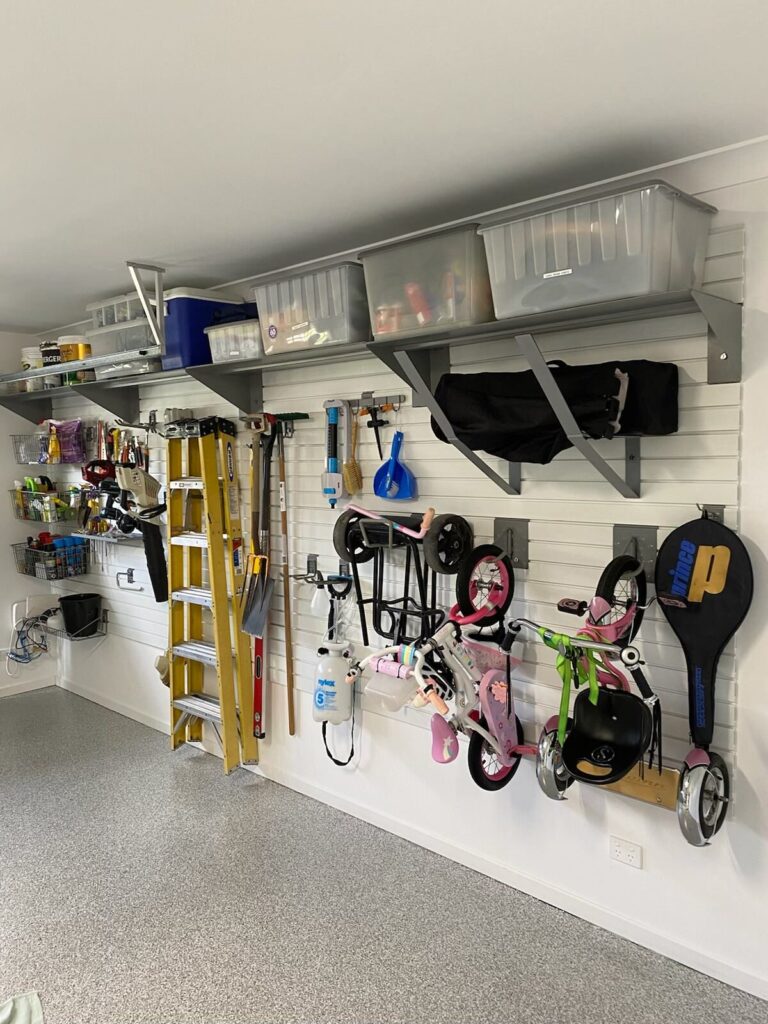
Durability
Gladiator:
- Materials: Accessories are made from high-strength steel. Panels are made from heavy-duty plastic, offering excellent durability.
- Weather Resistance: Wall panels are resistant to moisture, rust, and corrosion, suitable for various environments.
StoreWALL:
- Materials: Its full range of wall panels are constructed from industrial-grade PVC, providing exceptional durability and impact resistance. All accessories are made from heavy steel making them super strong and durable for all light and heavy uses in the garage.
- Weather Resistance: All wall panels are waterproof and resistant to mold and mildew, making them ideal for all conditions.
StorEase:
- Materials: Made from light aluminum which is strong and durable. Accessories are robust and also made from metal.
- Weather Resistance: Made from metal, the panels and accessories are weather resistant but not as hard wearing s the heavier PVC panels offered by StoreWALL and Gladiator.
Customization Options
Gladiator:
- Flexibility: Offers a wide range of hooks, baskets, shelves, and cabinets, allowing for extensive customization.
- Aesthetics: Available in various finishes and styles to match different garage decors.
StoreWALL:
- Flexibility: Highly customizable with an array of accessories, including shelves, bins, hooks, and baskets.
- Aesthetics: Available in multiple colors and textures, providing a polished and professional look.
StorEase:
- Flexibility: Offers basic customization options with a focus on essential accessories like hooks and shelves.
- Aesthetics: Functional design with fewer aesthetic choices compared to Gladiator and StoreWALL.
Cost-Effectiveness
Gladiator:
- Price Range: Mid to high range, reflecting its robust build quality and extensive accessory options.
- Value for Money: Good balance of cost and quality, making it a solid investment for long-term use.
StoreWALL:
- Price Range: Higher price point due to premium materials and durability.
- Value for Money: Offers excellent longevity and resilience, justifying the higher initial cost.
StorEase:
- Price Range: More affordable compared to Gladiator and StoreWALL.
- Value for Money: Cost-effective solution for basic storage needs, though with limited customization and durability.
Conclusion – Compare Garage Storage Solutions
Choosing the right garage storage system depends on individual needs and preferences. Availability and budget are key considerations as is the aesthetic look of your garage and the customisation offered by the accessories.
- Gladiator: Ideal for those seeking a balance of durability, customization, and ease of installation at a moderate price point.
- StoreWALL: Perfect for users prioritizing high durability, weather resistance, and a polished aesthetic, despite a higher cost.
- StorEase: Suitable for budget-conscious users looking for straightforward, functional storage solutions with basic customization options.
Each brand offers distinct advantages, making them suitable for different applications and user requirements. By evaluating your specific needs, you can select the most appropriate system to enhance your garage organization.

